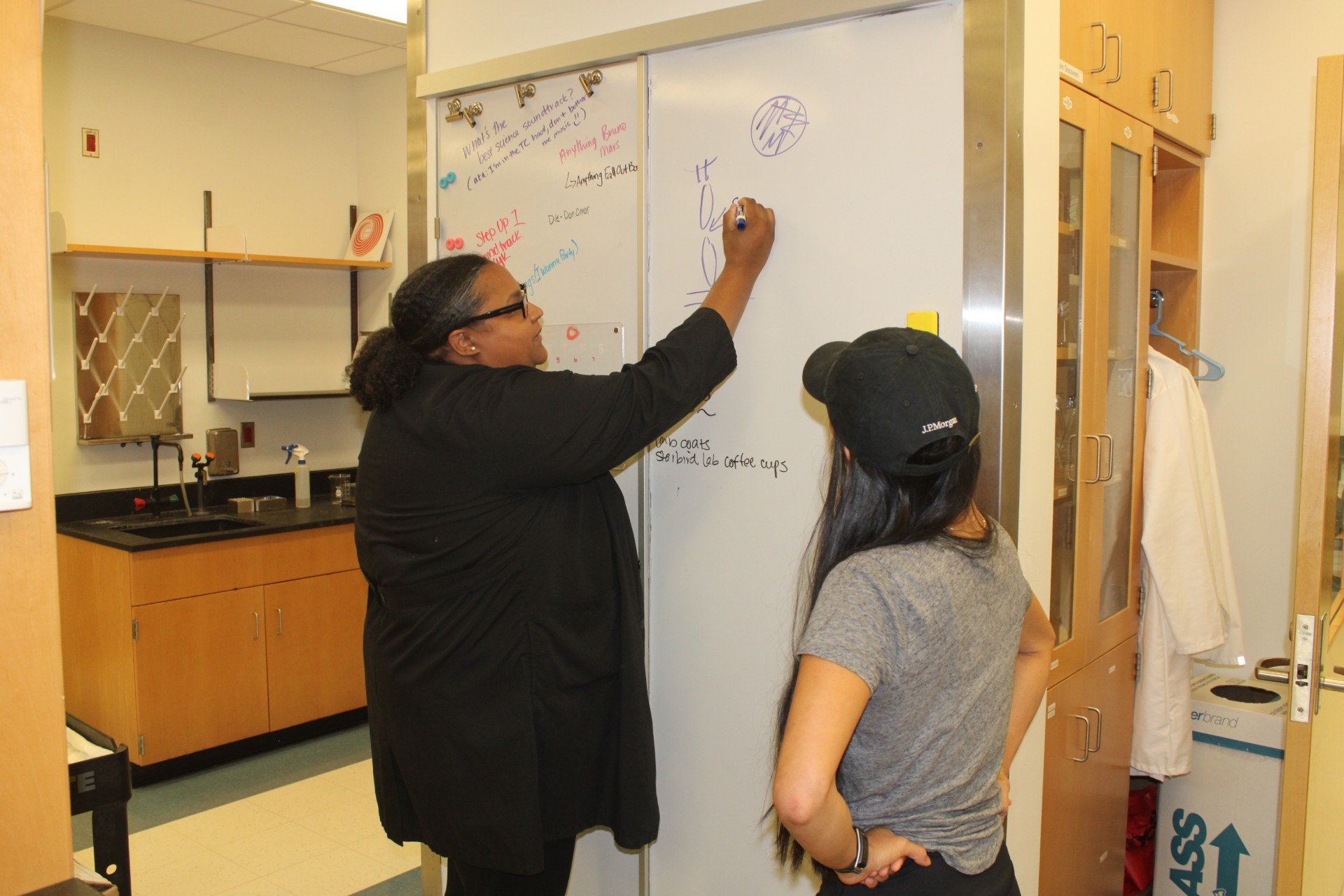The UNC-Chapel Hill Office of the Vice Chancellor for Research has announced the projects earning funding through the Creativity Hubs program for this year. Four of the five winning projects are in various medical fields.
One of the medical projects, led by radiology professor Dr. Yueh “Ray” Lee, is focused on bringing advanced medical screening to underserved rural populations by creating a transportable imaging system. Early screening is crucial to save lives when it comes to conditions such as heart and lung diseases, and rural areas tend to have much less access to these medical diagnostic imaging services.
Lee’s team is working to develop a system called Carolina CarbON Nanotube Enabled sCreening Tomosynthesis (CONNECT), which they hope will make screening more accessible and affordable by being easily portable. Having a portable system would allow patients to get screened without having to travel to a medical facility, as they could receive these services at local community centers or even their own homes.
“It would quickly scan you, get the necessary images, perform the reconstruction,” he said. “So that we can then automatically generate a report to say, ‘Hey, you have a lung lesion that we’re concerned about,’ and immediately provide you either the appropriate screening or referral to a person who can follow you up and assess whether or not that’s something we worry about, potentially assess you for coronary calcification, so we can sort of start to address that cardiac risk profile, and obviously screen you for the risk of an osteoporotic fracture, either a hip fracture, or those types of debilitating conditions.”
Though he hopes the system could be operational relatively soon, Lee said there are plenty of challenges ahead.
“How do you optimize that imaging and make it as comfortable as possible for a wide patient population? How do you think about driving down costs so it’s accessible to as many people as possible, right? And also, dealing with siting and planning for how this might look in the future; How compact can we make it? How deliverable can we make it to a facility where there’s a lot of people coming through? And can we make it so straightforward to use that you don’t necessarily have to have somebody, a trained technologist, for example, who has to man it 24/7,” he said. “Those are, to me, the fascinating and interesting challenges that are up ahead.”

Dr. Yueh “Ray” Lee poses with a medical screening instrument at a UNC School of Medicine facility. He hopes to develop a system with the same function that would be easily portable.
Lee highlighted the culture of interdepartmental cooperation at UNC as being particularly conducive to successful research. This is a feature that sets it apart from many institutions where people tend to work in silos, as he described it.
“We were very fortunate that we have so much expertise on campus in the Creativity Hub. Radiology, computer science, data science, cardiology, all these different groups contribute different components to this development,” he said. “A lot of spectacular faculty in other departments bring in their expertise into this project so that we can develop this type of ideas.”
Maggie Sauer, the director of the Office of Rural Health at the North Carolina Department of Health and Human Services, said that a huge disparity does exist in the availability of healthcare in rural versus urban areas. She attributed this in large part to the fact that people with medical training now rarely have any desire to live and practice in those places due to lower overall standards of living.
“Having people go to rural communities and serve there is a little tougher sell these days,” she said.
She agreed that medical diagnostic imaging services are critical to improving the situation for rural healthcare.
“Those basic screening services are so important to keeping people healthy,” she said. “Screening is really important.”
This is the seventh year of the Creativity Hubs program, which was founded for the purpose of encouraging discovery and innovation among UNC researchers that would create tangible solutions to significant problems. Vice Chancellor for Research Penny Gordon-Larsen emphasized the importance of providing funding for these projects.
“We redesigned the program to really focus on innovation and translation, and really tasked the applicants to think about how they can find better solutions to major challenges. So that’s the basic idea, that these different areas of science would spark innovative solutions to pressing challenges,” she said. “And from our perspective, it’s really important that the work that we do at UNC has the ability to improve lives in our state, but not just in our state, but really, truly across the world.”
Gordon-Larsen said the potential for Lee’s project to make a real difference was a major reason for why it was selected for funding.
“It’s a kind of real-world application that’s exactly the type of research that we’re fostering,” she said. “So it’s that life-saving resource that we have been working on in the university, but turbocharging the process so that we get it out into the community as fast as we can.”
More details about the CONNECT project, as well as information on the other recipients of Creativity Hubs funding this year, can be found here.
Chapelboro.com does not charge subscription fees, and you can directly support our efforts in local journalism here. Want more of what you see on Chapelboro? Let us bring free local news and community information to you by signing up for our newsletter.









